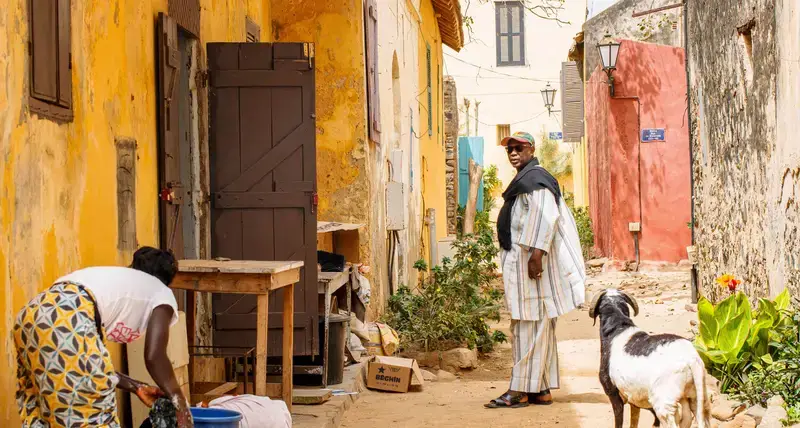The CityRAP Tool is UN-Habitat and DiMSUR’s flagship product. It is a tool used for training city managers and municipal technicians in small to intermediate sized cities or neighborhoods in big cities in sub-Saharan Africa. CityRAP Tool’s process includes a set of trainings, exercises and activities directed at municipalities that want to kick-start their resilience action planning. CityRAP puts local governments and urban stakeholders in the driver’s seat of urban resilience planning to ensure capacity retention and use.
CityRAP enables communities to understand and plan actions aimed at reducing risk and building resilience through the development of a Resilience Framework for Action. The tool’s design allows local governments to adapt and implement it with minimal external intervention. It draws on participatory methods – such as local government self-assessments, participatory risk mapping exercises and cross-sectorial action planning – to leverage local knowledge for understanding and planning resilience.

